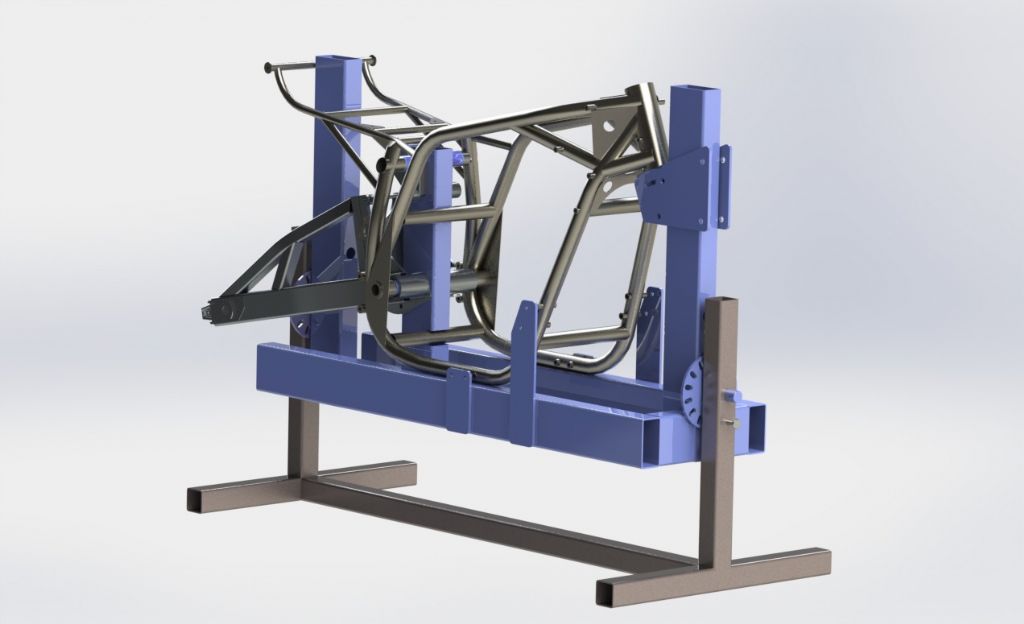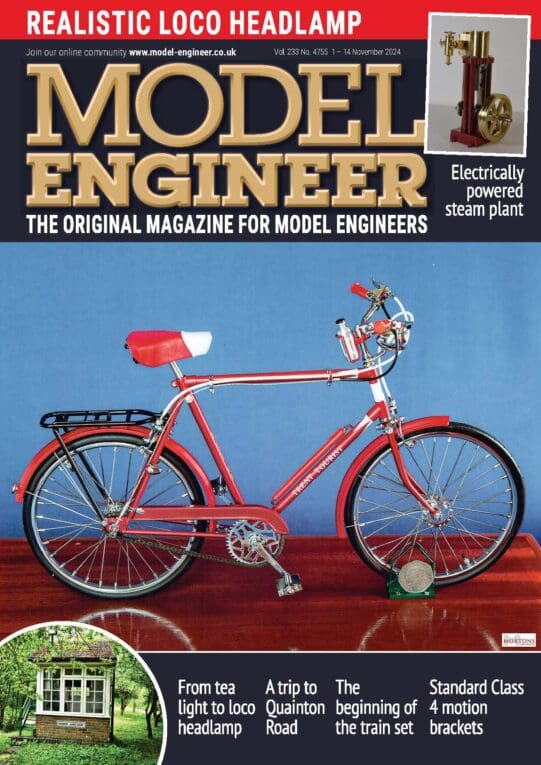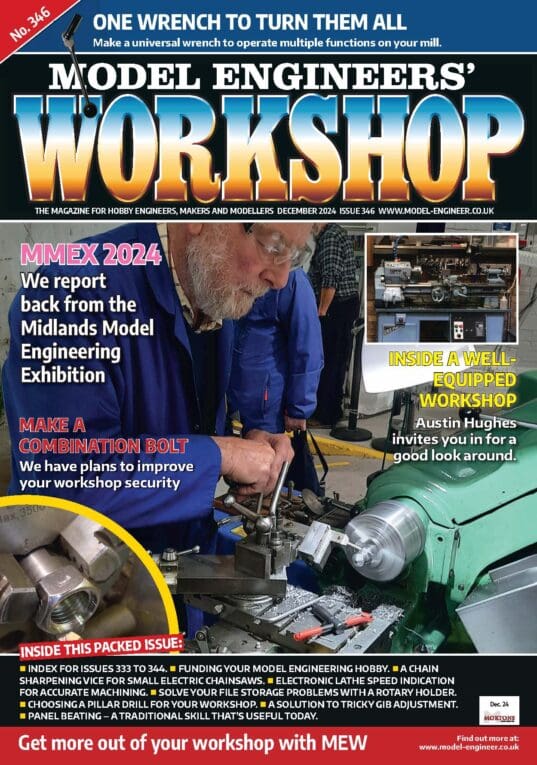Motorcycle General Discussion
Motorcycle General Discussion
- This topic has 1,160 replies, 151 voices, and was last updated 23 November 2024 at 12:33 by
John MC.
- Please log in to reply to this topic. Registering is free and easy using the links on the menu at the top of this page.
Latest Replies
Viewing 25 topics - 1 through 25 (of 25 total)
-
- Topic
- Voices
- Last Post
-
- Creworks Lathes on Amazon UK – some big price drops for Black Friday Week
- 8
- 24 November 2024 at 19:51
Viewing 25 topics - 1 through 25 (of 25 total)
Latest Issues
Newsletter Sign-up
Latest Replies
- Creworks Lathes on Amazon UK – some big price drops for Black Friday Week
- Thread pitch of screws used on Stihl equipment
- What is (Traditional) Model Engineering?
- Strange drilling situation
- FreeCAD version 1.0 released
- EN8M FLAT
- modifying Schaublin collets
- A blast from the past
- What did you do Today 2024
- Traction Engine Identification Help Please….




 perhaps I should just get rid and let someone else do something with it………………………..
perhaps I should just get rid and let someone else do something with it………………………..




